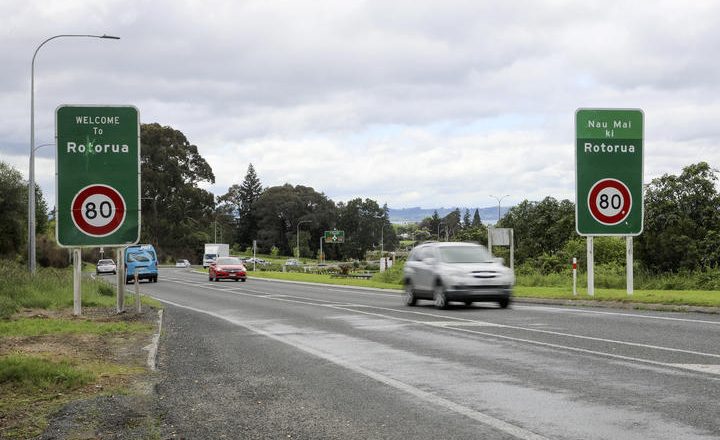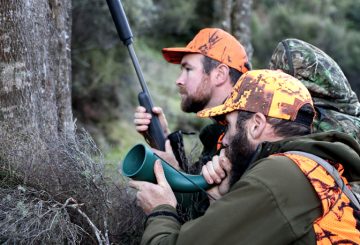Te Tatau o Te Arawa representative Rawiri Waru is calling for a rule review to allow te reo Māori to have the same standing as English on road signs.
On Monday, Waru told the Rotorua Daily Post the idea that only English signs were “legally complying” meant there was “a bit of racism in there”.
“Māori is an official language of New Zealand. How could it not be legally complying when English is?”
Waka Kotahi New Zealand Transport Agency, which works within legislation, says what was permitted on traffic signs was “quite limited in terms of wording and symbols”.
It said any changes would need to go through the Transport Ministry.
The discussion comes as the issue of bilingual city entrance signs was raised at a Rotorua Lakes Council Operations and Monitoring Committee meeting on Thursday last week.
In the meeting, councillor Raj Kumar said he understood there had been moves to introduce bilingual signage at the entranceways to Rotorua, but NZTA had “objected”.
Council manahautū Māori (Māori manager) Gina Rangi said there was a problem with NZTA’s regulations.
“I’ve been very clear [to Waka Kotahi] that their regulations need to be updated to allow for high quality te reo Māori signage.
“Some of their standard accepted translations are not high quality or they’re not accurate, and then in other places they don’t allow any translations at all … but that’s something that sits with NZTA, we can only lobby them.”
On Monday, Rangi clarified her statements, saying that in 2018 the council went through “some months” of negotiation with the transport agency to introduce entrance signs near Hemo Gorge that include te reo Māori, but it was “initially rejected” by the agency.
“The process highlighted that Waka Kotahi regulations do not allow for Māori language as a recognised, standard option for common signs, including entranceway signage.”
She said another example was that kura kaupapa Māori were unable to use Māori language signs for their traffic patrols, as the regulations required that they must use English.






























































